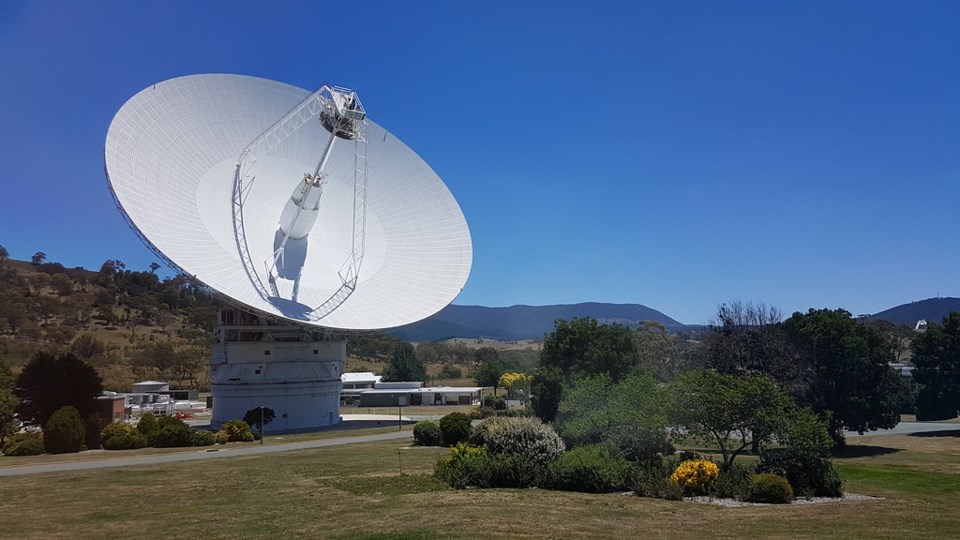The cattle sector is hoping satellite technology will be the answer for providing forage insurance comparable to how multi-peril insurance works for grain farmers.
Collaboration is occurring between Agriculture and Agri-Food Canada, the three prairie crop insurance agencies, Canadian Cattle Association, Saskatchewan Stock Growers Association and Global Ag Risk Solutions in an effort to make satellite-based forage insurance a reality.
Global Ag Risk Solutions or GARS is known for its margin-based insurance offering for grain producers. In recent years, it has expanded into data science and analytics and is doing the work to refine satellite imagery into a usable insurance product.
The current forage rainfall insurance program in Saskatchewan has been widely criticized. The insurance is based on rainfall data from weather stations that can be 30 or more miles from the forage being insured.
Damon Johnson, the director of strategic projects for GARS says the satellite technology isn't meant to measure rainfall. It measures the vegetative index and compares to the historical norm.
A lot of factors go into plant growth in addition to rainfall. Did late spring frosts affect growth? How much snowmelt infiltration occurred? Were rainfall amounts timely? What were temperatures like?
Johnson believes that by measuring vegetative growth rather than just rainfall, the insurance should be much more relevant.
"This product is used in Eastern Europe, South America, Brazil, Argentina for example, so this opportunity came to us by way of different insurance partners that we use, and it's really domesticating it to Canadian conditions and Canadian geographies and making sure the bio-physical nature of where pasture and forage crops exist in Western Canada." Johnson said in an interview with Chief Agricultural Editor of SaskAgToday.com Kevin Hursh, adding the work started in December of 2022.
"We want to build a user interface and application that producers would get a quote, subscribe, and transact with the product as well." he continued.
A critical aspect is localized detail. Rather than relying of data from a weather station many miles away, Johnson says the imagery can capture a relatively small area containing your actual land.
Of course, all this high-tech is only impressive if it actually works which means matching the vegetative index information to what producers actually see on their land. Johnson says with lots of ground truthing they are in the 90 per cent accuracy range.
"You want to make sure that, from a historical sense, if the satellite said one thing that the production value or the rainfall, or whatever measured unit, actually happened on the ground replicated or mimicked what the satellite reported, so this project to this point would not have been this successful without the cooperation of the provinces on that one."
The final report to the group from GARS is slated for January. If all goes according to plan, a pilot project will the launched in 2024 with possible roll-out of an insurance offering in 2025.
(Chief Agricultural Editor of SaskAgToday.com Kevin Hursh contributed to this report)



